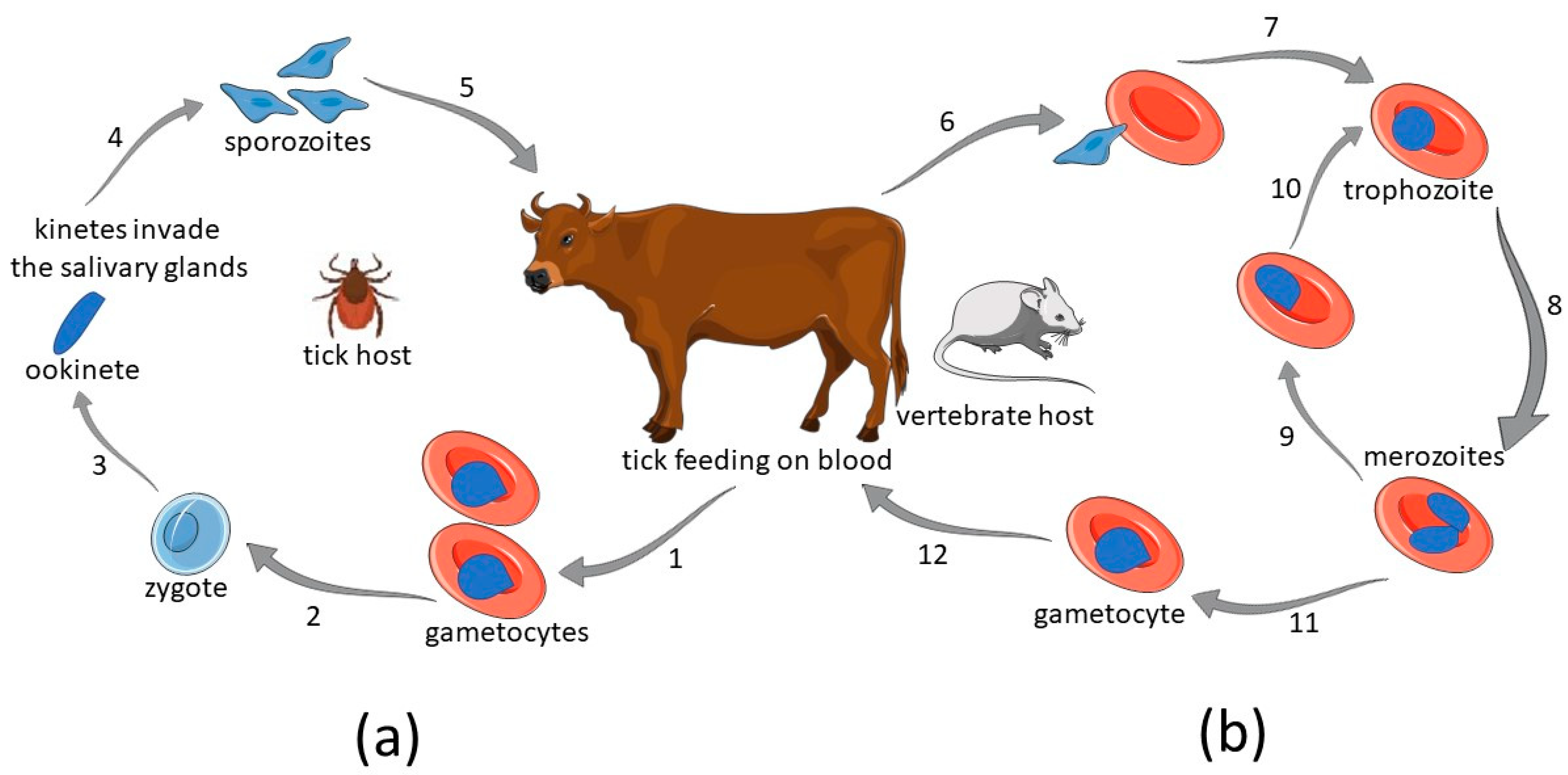
Babesiosis, commonly known as Red Water, poses a significant threat to the health of cattle. Understanding the causes, symptoms, and effective management strategies is crucial for livestock owners. In this article, we delve into Babesiosis prevention and treatment, featuring valuable insights from the experienced veterinarian, Dr. Munna Singh.
What is Babesiosis?

Babesiosis is a tick-borne disease caused by the Babesia parasite. Cattle become infected when bitten by infected ticks, leading to symptoms such as anemia, fever, and lethargy.
Causes and Transmission

Ticks play a pivotal role in transmitting the Babesia parasite. Dr. Munna Singh emphasizes the importance of controlling tick populations to curb the spread of the disease among cattle.
symptoms of acute babesiosis
| Symptom | Description |
|---|---|
| Fever | High fever is a hallmark of acute babesiosis.<br> – Fever may be intermittent and can spike regularly. |
| Chills and Sweats | Patients often experience episodes of chills and sweats, resembling malaria symptoms. |
| Fatigue | Generalized weakness and fatigue are common symptoms.<br> – Patients may feel tired and lethargic. |
| Muscle Aches | Muscular pain and body aches are frequently reported. |
| Headache | Headaches, sometimes severe, can occur. |
| Nausea | Nausea and, in some cases, vomiting may be present. |
| Loss of Appetite | Decreased appetite is a common symptom. |
| Joint Pain | Joint pain and stiffness may be observed. |
| Enlarged Spleen | Some individuals may develop an enlarged spleen. |
| Enlarged Liver | Hepatomegaly (enlarged liver) can be a symptom. |
| Dark Urine | Dark-colored urine may occur due to hemolysis (destruction of red blood cells). |
| Jaundice | Yellowing of the skin and eyes may be indicative of jaundice. |
Recognizing Symptoms
Early detection is key to effective Babesiosis management. Cattle owners should be vigilant for symptoms like jaundice, anemia, and discolored urine. Regular health monitoring is crucial for timely intervention.
Prevention Strategies

Tick Control
Implementing robust tick control measures is paramount. Dr. Munna Singh recommends strategic tick control methods to minimize the risk of Babesiosis.
Vaccination Protocols
Vaccination is a cornerstone in preventing Babesiosis. Dr. Munna Singh provides expert guidance on vaccination schedules to ensure optimal protection for cattle.
Pasture Management
Maintaining a clean and tick-free environment is vital. Practical tips on rotational grazing and pasture hygiene are shared to reduce the likelihood of Babesiosis.
Treatment Options
When Babesiosis strikes, prompt and effective treatment is essential.
Antibiotics and Medications
Dr. Munna Singh outlines the medications and antibiotics used in treating Babesiosis, offering valuable insights into dosage and administration.
Supportive Care
Providing proper care and nutrition during treatment is crucial. Dr. Munna Singh advises on supportive therapies to enhance the recovery of cattle affected by Babesiosis.
Case Studies
Real-life case studies highlight successful Babesiosis treatments administered by Dr. Munna Singh. These stories underscore the importance of early intervention and proper management.
Expert Insights
Drawing from years of experience, Dr. Munna Singh shares his expert insights on managing Babesiosis. He addresses common challenges faced by livestock owners and offers practical solutions.
Babesiosis is a serious threat to cattle, but with proactive prevention and effective treatment guided by Dr. Munna Singh’s expertise, livestock owners can safeguard their herds. Stay informed, implement preventive measures, and collaborate with experienced veterinarians to ensure the well-being of your cattle.
For further inquiries and expert veterinary care, contact Dr. Munna Singh at +91 77177 78381 or via email at info@drmunna.in.

I’m Shweta Bharti, and I’m not just a blogger; I’m a storyteller with an unending love for Bihar. Bihar is not just my home; it’s my muse. I was born and raised in the heart of this culturally rich state, and that’s where my journey as a writer began.My passion is to share the beauty and depth of Bihar through my words. Bihar isn’t just a place; it’s a treasure trove of history, traditions, and untapped potential. Through my blog, BiharLinks.com, I aim to change perceptions and uncover the hidden gems of Bihar.




